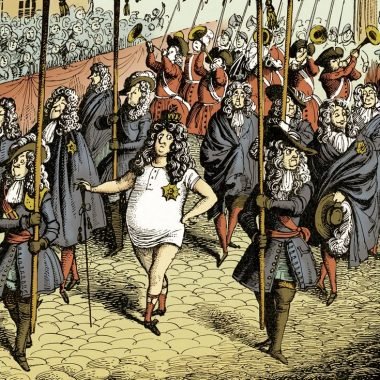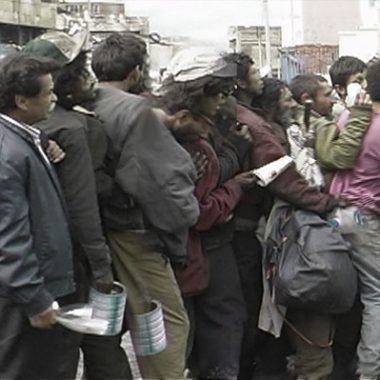I find it surprising that in the 21st century, the gender factor is often underlined in exhibitions, only when it concerns artists who happen to be women.
Although they have met opposition for the simple fact of being women, throughout history they have been an integral part in the development of the arts in general. In previous decades, in the midst of societies that had them linked only to household chores, they had to struggle for their acceptance and recognition.
Using pseudonyms, intermediaries that sometimes signed their works as their own, they managed to gradually penetrate in those fields labeled as “masculine”. Partly, their inclusion began as a consequence of wars. With their men in the battle fields, they had to take the lead as heads of family and to venture into all sorts of terrains to cover their needs. A new female working class was taking shape. Their position in society was restated further more with the Feminist campaigns of the 50’s and 60’s.
The arts in general were also a response to this development. Marginalized until now, composers, artists, interpreters, managers, writers started to adequately assume their role as creators. Equal rights were partially achieved in the West, in the second half of the XX Century .It takes generations to wipe out prejudice. Left behind were such comments like the one made by the artist Hans Hoffmann in qualifying the work of Lee Krasner as he walked into her studio:
“this is so good you wouldn´t know it was made by a woman”
This fate is not the same fate of the millions of women submitted to Sharia laws or religious restrictions. Here the struggle for the most basic rights is the norm. Within the artistic field, they end up in exile, if they manage to leave, having now to confront segregation and racism.

Belonging to a country becomes a new challenge, sometimes losing their own identity. It should be emphasized that generally when artists from developing countries exhibit their work in developed countries their nationality is usually underlined. The reverse does not apply with the same frequency. In a totally globalized world, this label is of no importance unless it has a curatorial or historic relevance.
Luckily, many women artists have been able to break through stigma and prejudice. Expressing their femininity, nationality and political views they are able to convey relevant statements.
All these unaccepted talents should be rescued. They should be valued as deserved. I welcome any ideas of my readers for this purpose.





